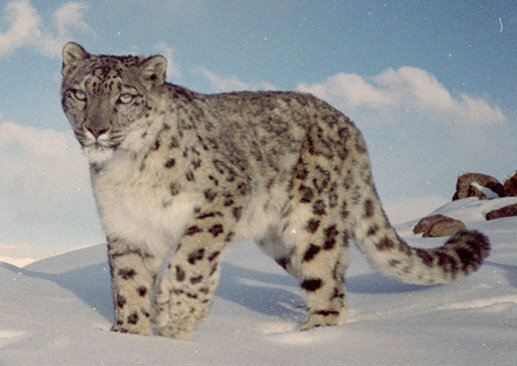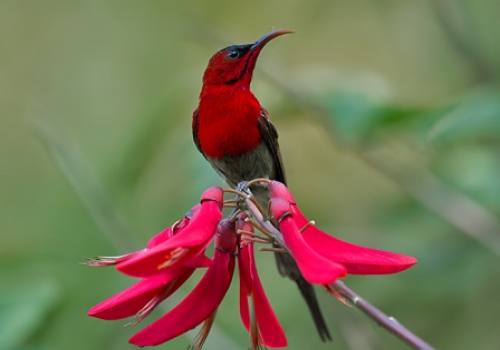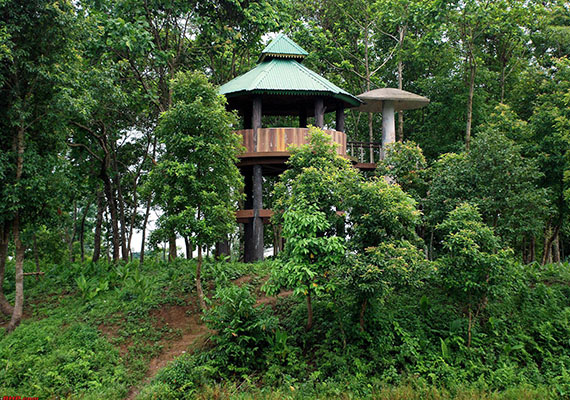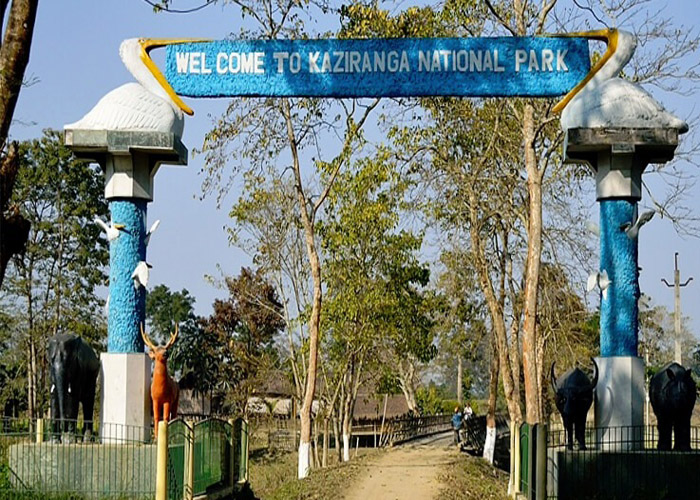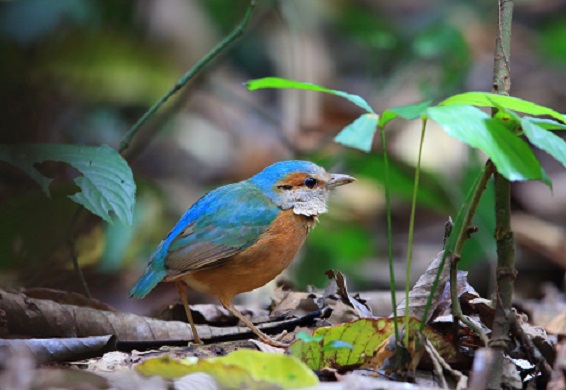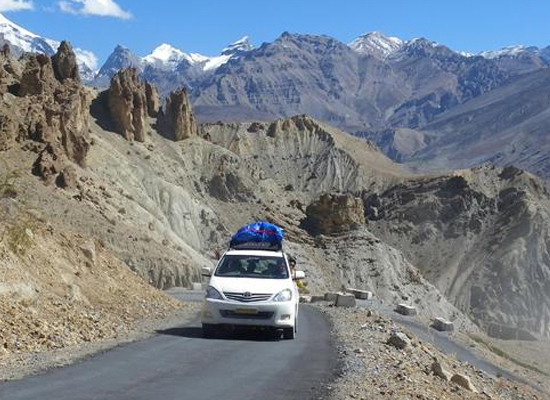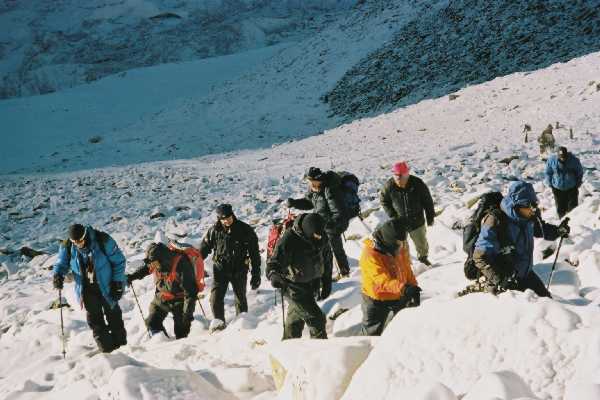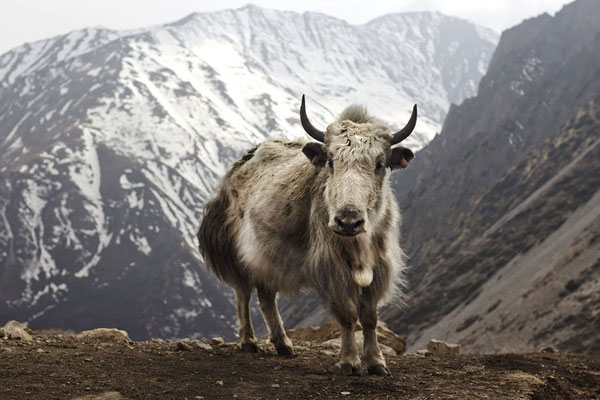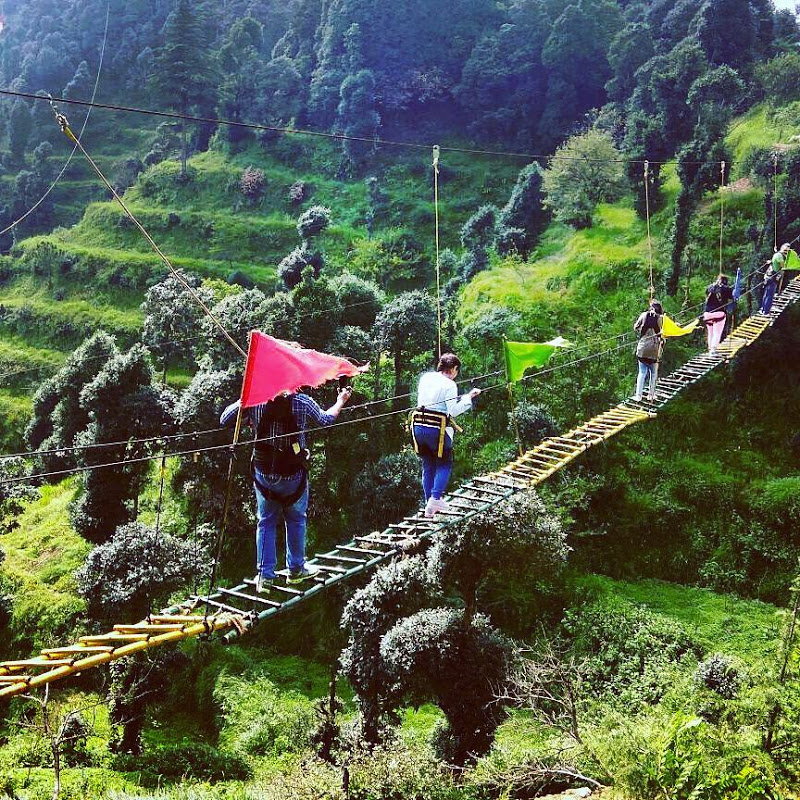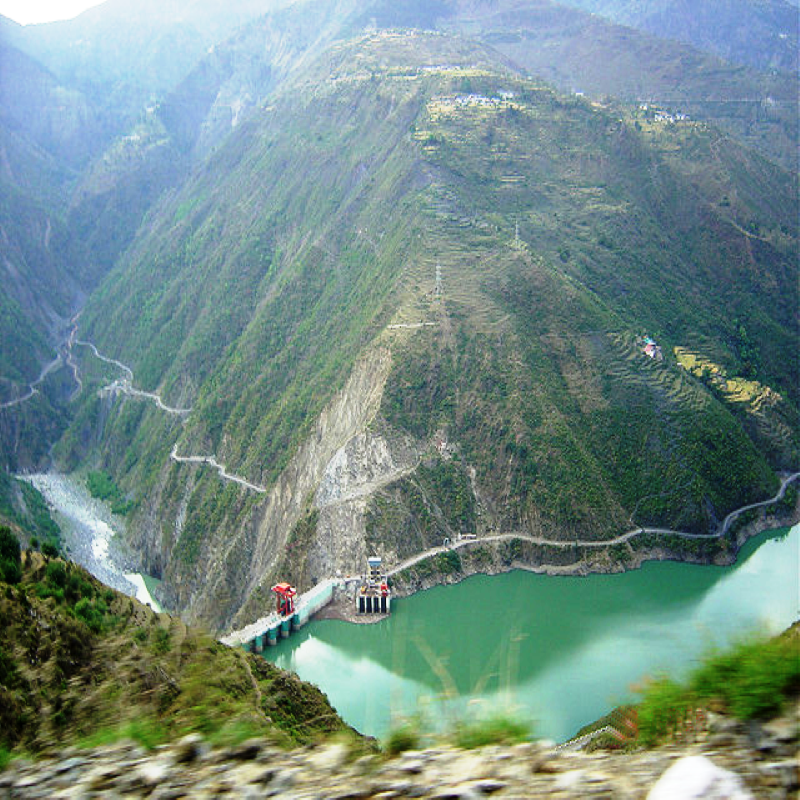Wildlife of Himalayas
Major Wildlife Sanctuaries: Jim Corbett National Park, Namdhapa National Park, Kaziranga National Park
Major Wildlife Regions: Himachal Pradesh, Uttranchal, Sikkim, Dajeeling
Flora: Chir (Pine), Oak, Deodar, Fir, Rhododendron, Birch, and Juniper
Fauna: Tigers, Elephants, Wild Boar, Crocodiles, Snow Leopard, Blue Sheep, and Mask Deer.
Visiting Season: November to June
The Himalayas were created about 70 million years ago when two continental plates collided, pushing up the massive mountain range where they met. In this way India and Eurasia were joined together, which accounts for the wide variety of wildlife found here. Species from Asia, Africa, and the Mediterranean all converged here. Even today, various species of the eastern Himalayas have a west Chinese influence, while the western range has Europe Mediterranean elements. Fossil records show that animals such as the giraffe and the hippo once lived here.
Four different types of vegetation live in the Himalayas: tropical, subtropical, temperate, and alpine. The foothills of the Outer Himalayas are blanketed in dense tropical rain forests of bamboo, oak, and chestnut. Further west, as the altitude increases, the forest thins, and evergreen, cedars, pines, and firs become the dominant species. In the alpine zone, which begins at about 12.000 feet, grows great amounts of moist vegetation, including juniper and rhododendron. The domestic yak supplies rural nomads in Tibet with meat and hides. Its also serves as a pack animal. The male monal or Impeyon pheasant, has iridescent, multicolored plumage that he displays when courting his mate. This national bird of Nepal is widely hunted for sport. It is difficult to imagine today that these Himalayan slopes were densely wooded less than a century ago. While Himalayan forests are not as lush as the rain-fed South Indian forests, they do attain an impressive magnificence in the unspoilt upper regions.
The forests of the Himalayan foothills are an ideal home for insects, including bumblebees and crane flies. Higher up the slopes, where the nights are colder, many insect species have dark bodies to absorb as much heat as possible. Many butterflies live at surprisingly high altitudes: Apollo's, blues, vanessas, and papilios are common up to 14,000 feet. Even higher than this are other tiny insects. No one is sure how they survive at such altitudes; they likely feed on pollen, seeds, and other organic debris swept upward by drafts.
More sheep species live in the Himalayas than in any other mountain range in the world. They include the Marco Polo sheep, which, because of the market for its long, spiraling horns, has been hunted almost to extinction. The largest wild sheep in the world, the great Tibetan sheep, also live here. They can withstand extreme temperatures ranging from scorching summers to freezing winters.
Three species of mountain goat live in the Himalayas: the Ibex, the markhor, and the wild goat. Three species of goat antelope live here too. Taken is the national animal of Bhutan. The massive yak is the largest animal of the mountains, and one of the highest dwellings animals in the world. Its long shaggy coat enables it to inhabit the coldest areas of the Himalayas.
The brown bear and the Himalayan black bear scavenge mammal carcasses, although they also eat fruit. One of the rarest bears in the world, the Tibetan blue bear, also lives here. Cats and dogs live in the Himalayas: the wolf, the wild dog, and the hill fox are common. Among the cats are: the tiger and leopard, as well as the jungle cat, lynx, and Pallas cat. The beautiful snow leopard rangers throughout the Himalayas' its prey consists of wild sheep and goats.The Himalayan mountain range is one of the most endangered environments in the world. Mankind is gradually encroaching on the wilderness, building, polluting, and destroying. Although steps are now being taken to preserve this important habitat, it is a case of too little, too late. the elusive snow leopard has a beautiful, thick coat that is soft gray on top, paling to a pure white underside. This has made it a target for hunters, and poachers; despite the species being protected, several are killed each year.
The musk deer used to be common in the Himalayas. Musk from the males scent gland is in demand from perfume manufacturers. Consequently, the species is in danger of Extinction, dispute protection with preserves. Other endangered Himalayan species include the brown bear, Tibetan blue bear, red panda, and black necked crane. The Marco Polo sheep, a rare subspecies of the argali, a sheep of the Himalayan plateaus, is widely hunted despite protection. secluded valleys still preserve an unspoiled way of life for villagers and wildlife. The Chinese were the first to use the musk deer's scent in perfume. This deer is now very rare in the wild.
Origin of Indian Himalayas
Himalayan Vegetation
Insects of Himalayas
Himalayan Mammals
Endangered Himalayas
Himalayan Wildlife Sanctuaries & National Parks Around Himalayas
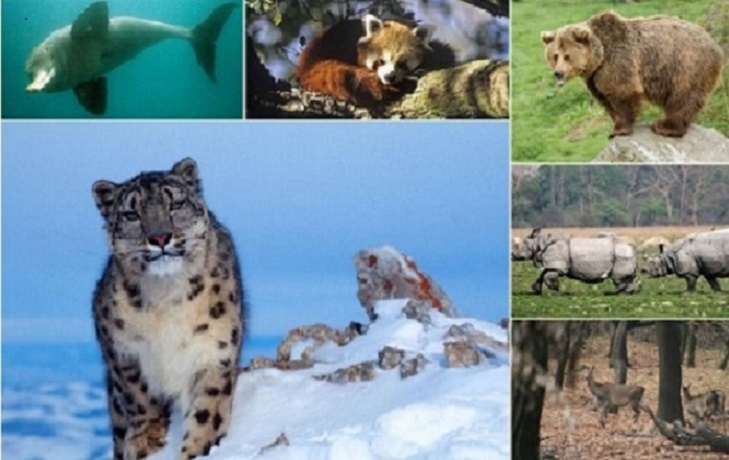
Eastern Himalayan Wildlife
Delhi - Guwahati - Kaziranga - Bagdogra - Kalimpong - Siliguri - Kolkatta - Sunderbans
13 Nights / 14 Days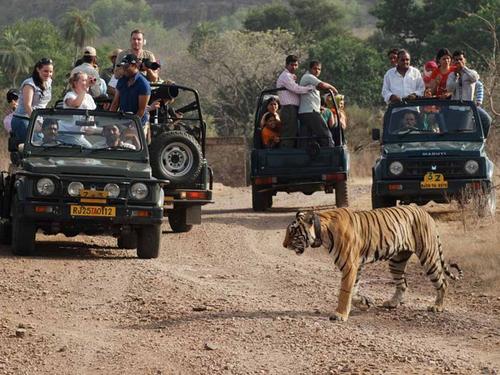
Himalayan Jeep Safari Tour
Shimla-Sarahan-Spiti-Keylong-Manali-Dharamasala-Amritsar-Delhi
20 Night/ 21 Days
Kanchenjunga National Park Trek
Delhi- Bagdogra- Tshoka- Dzongri- Onglathang- Goecha la- Tshoka- Yuksom- Gangtok- Delhi
9 Nights / 10 Days


